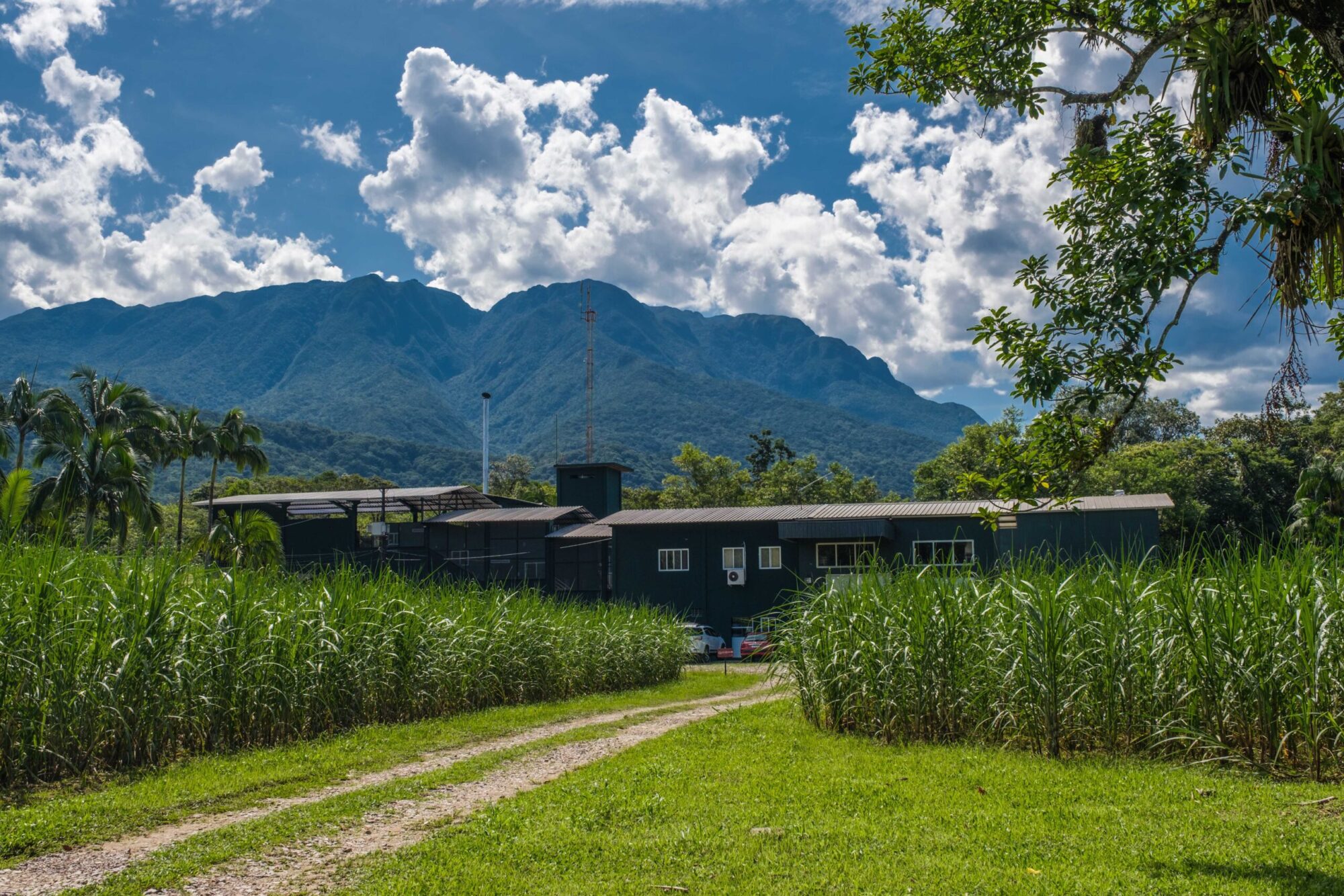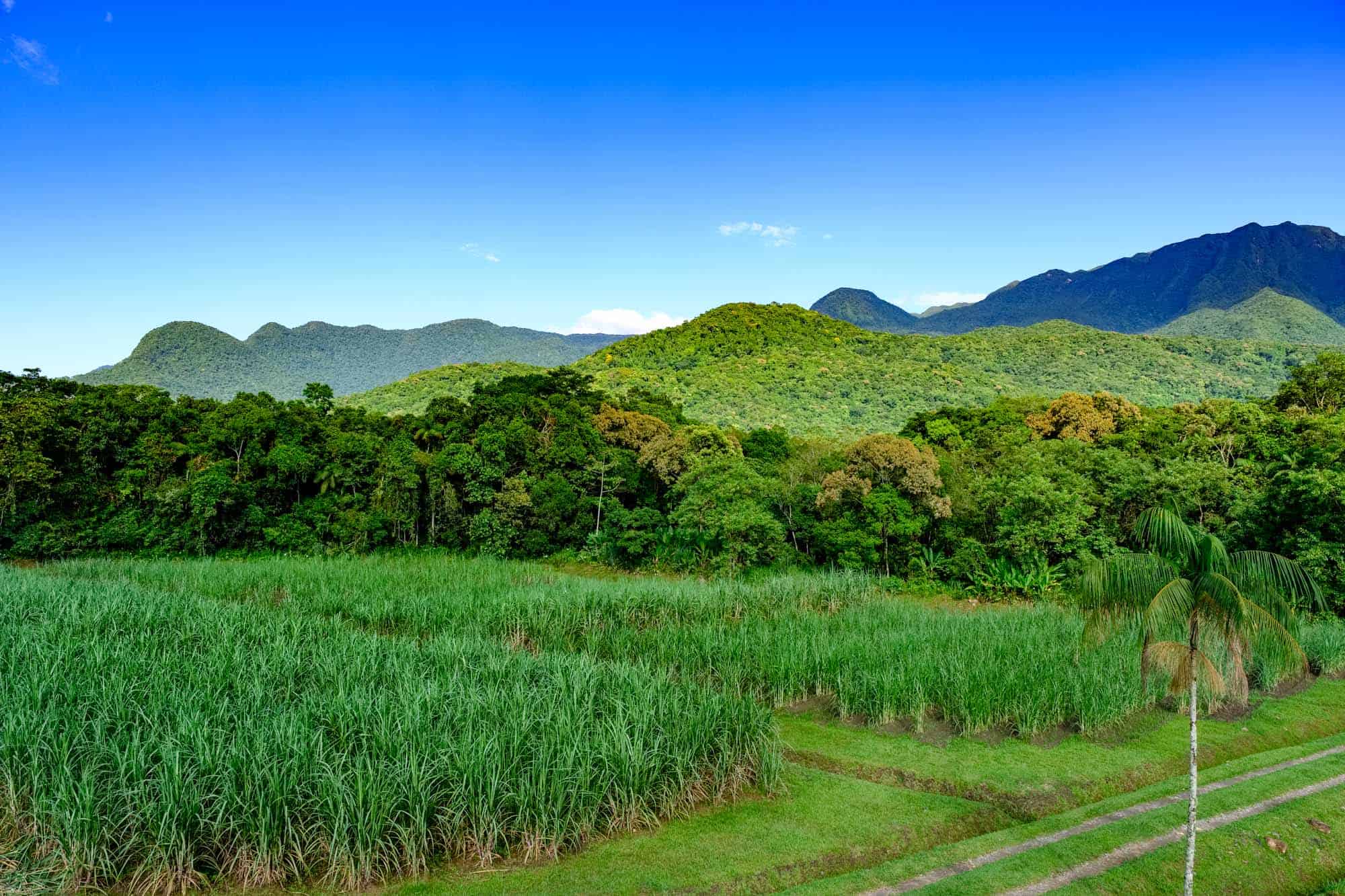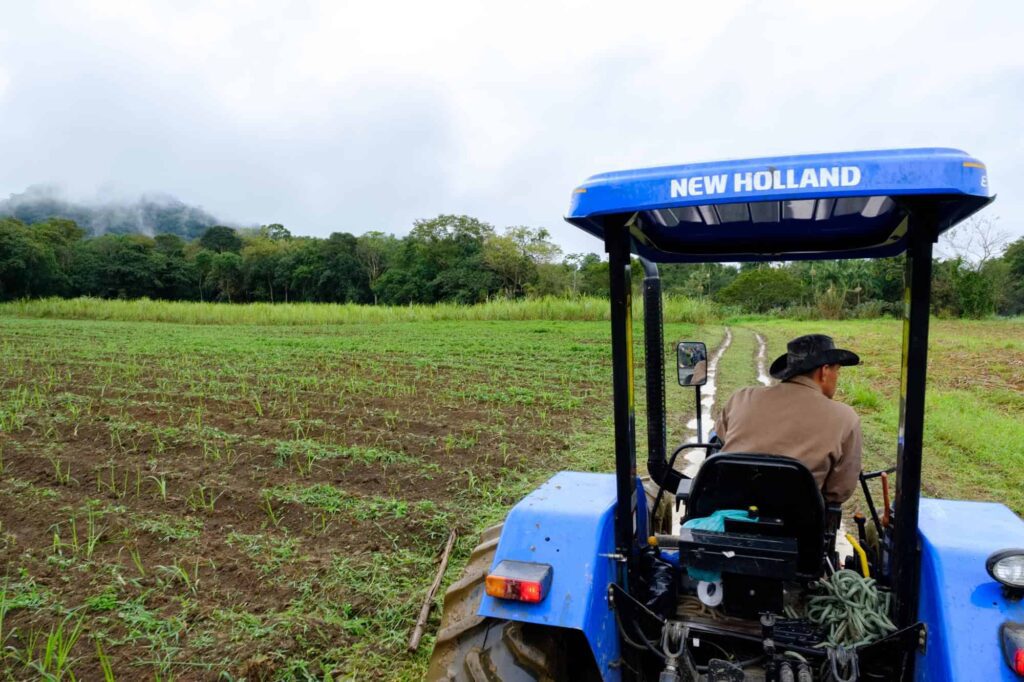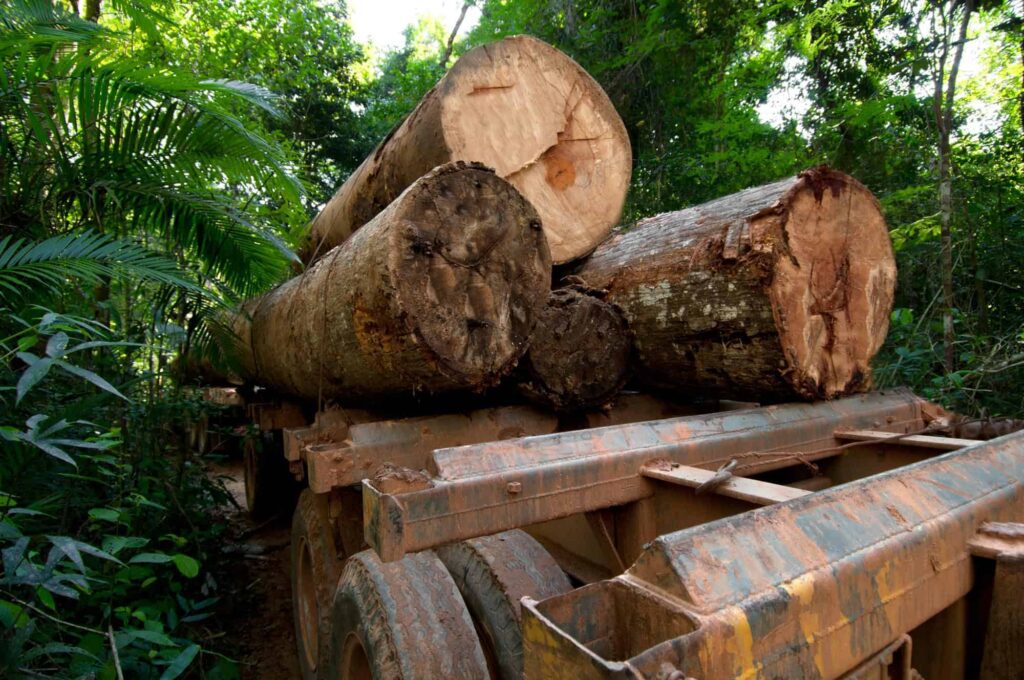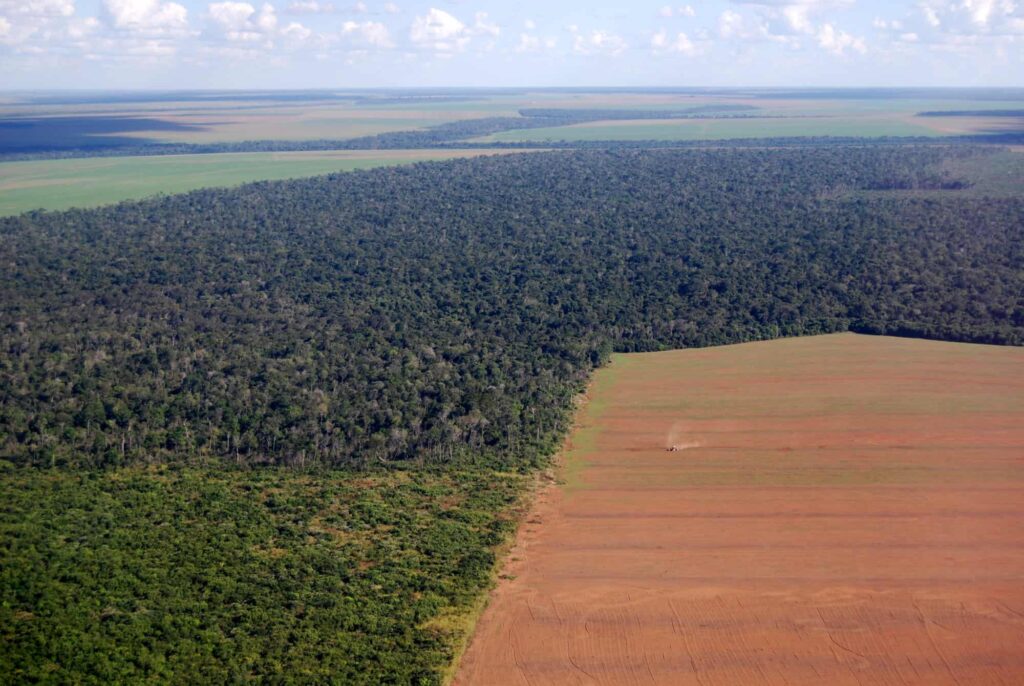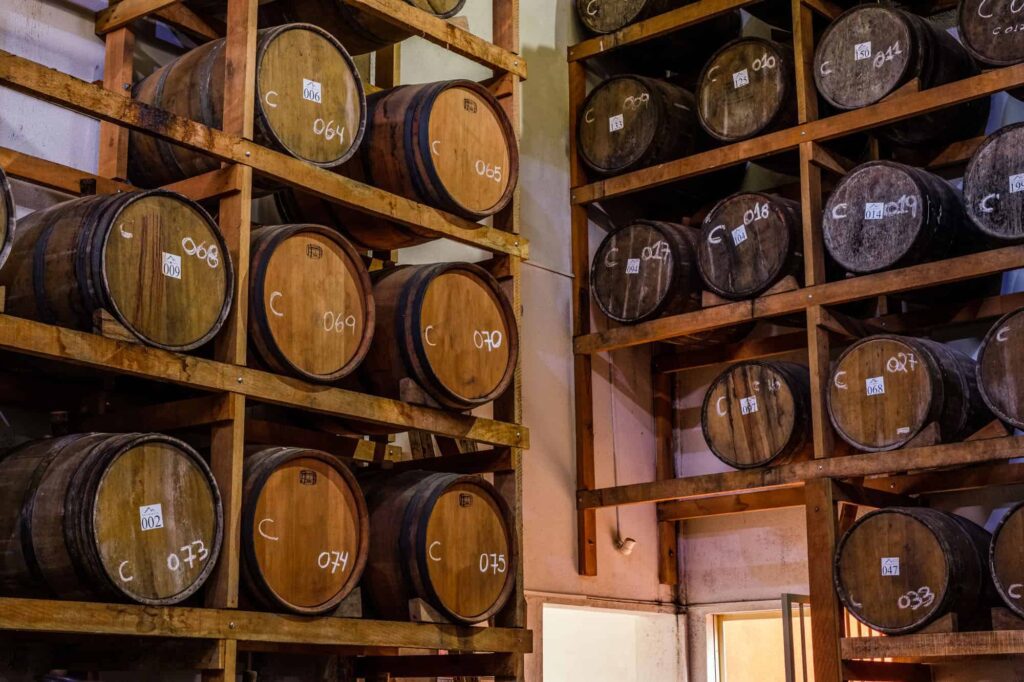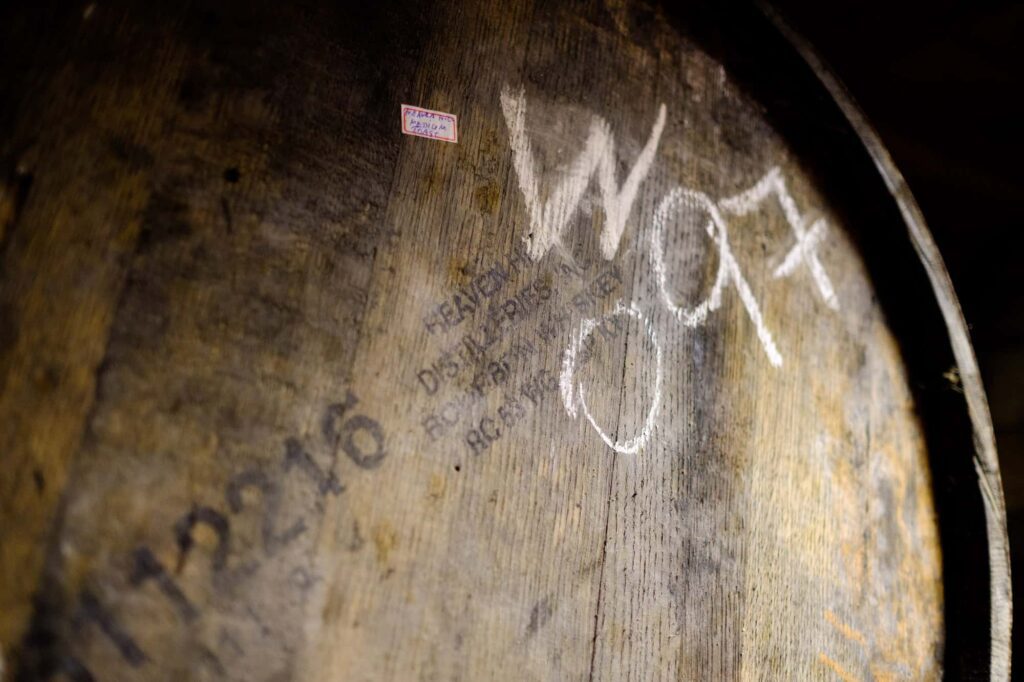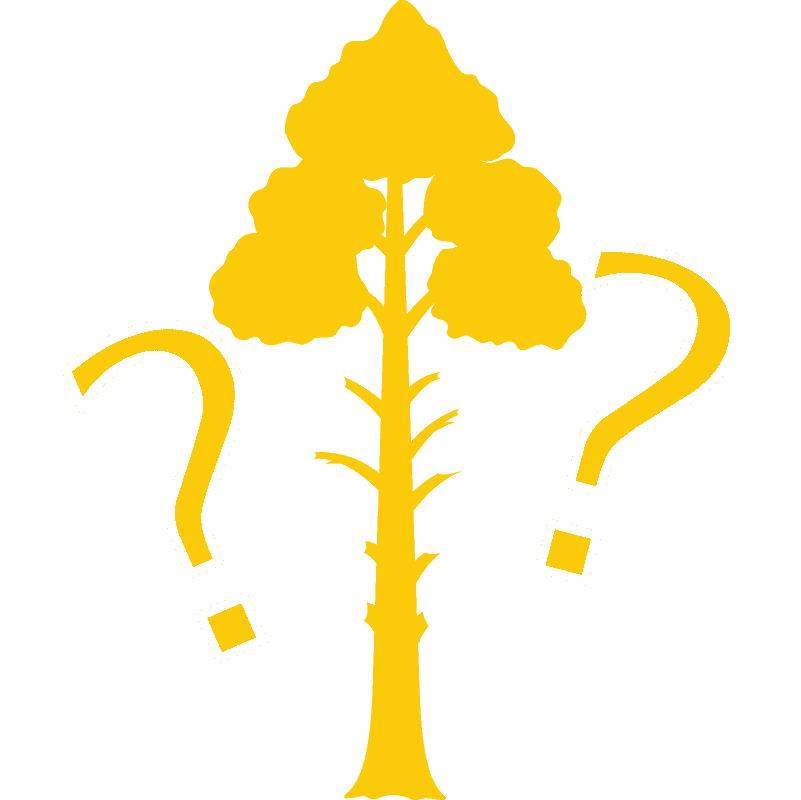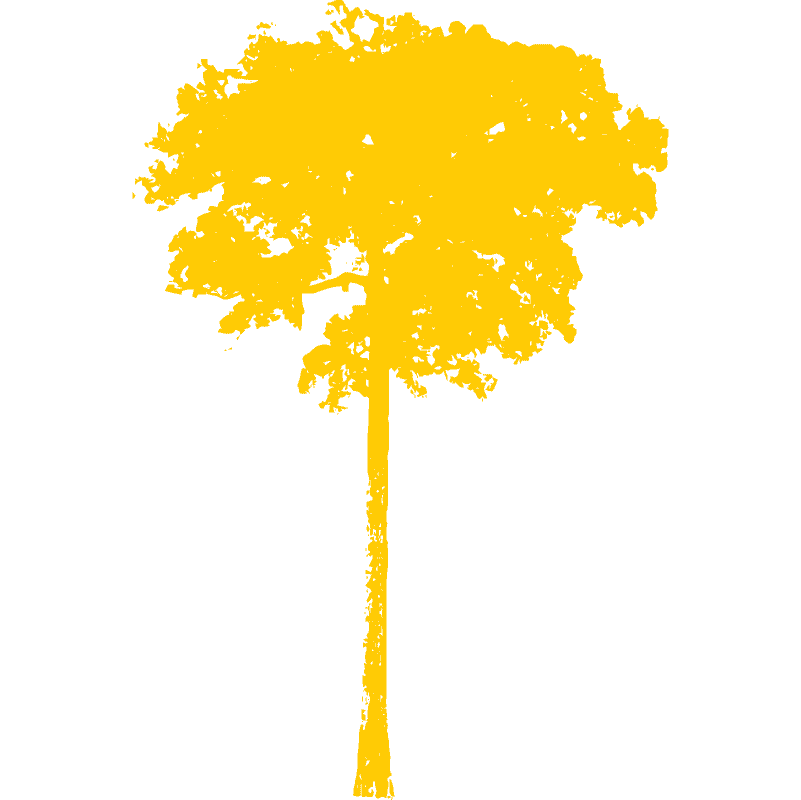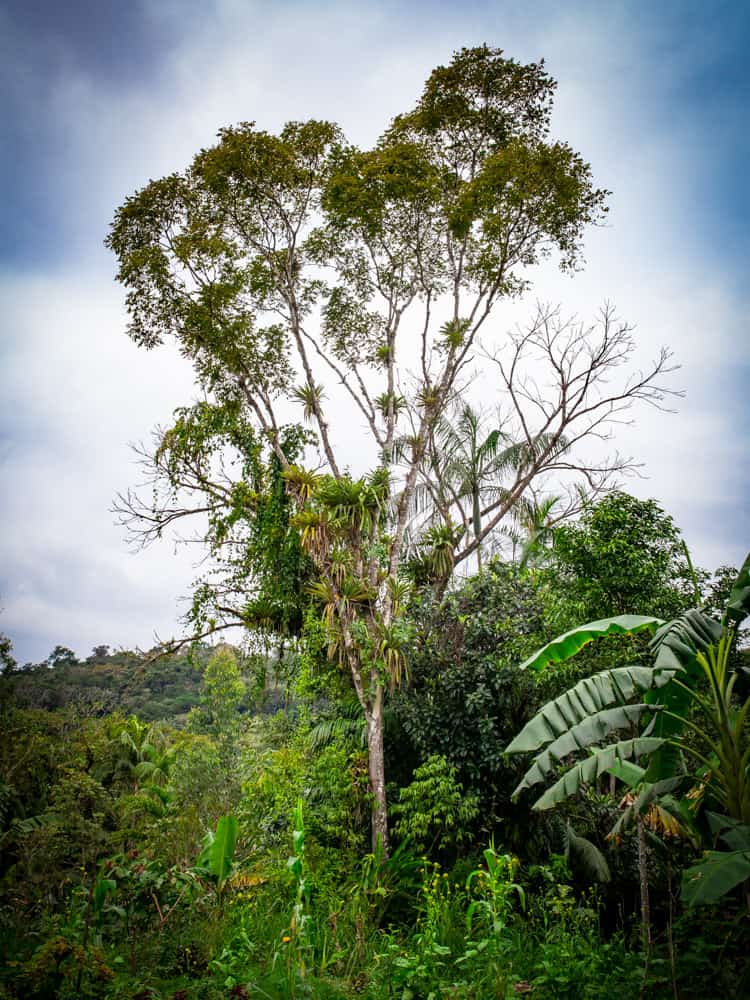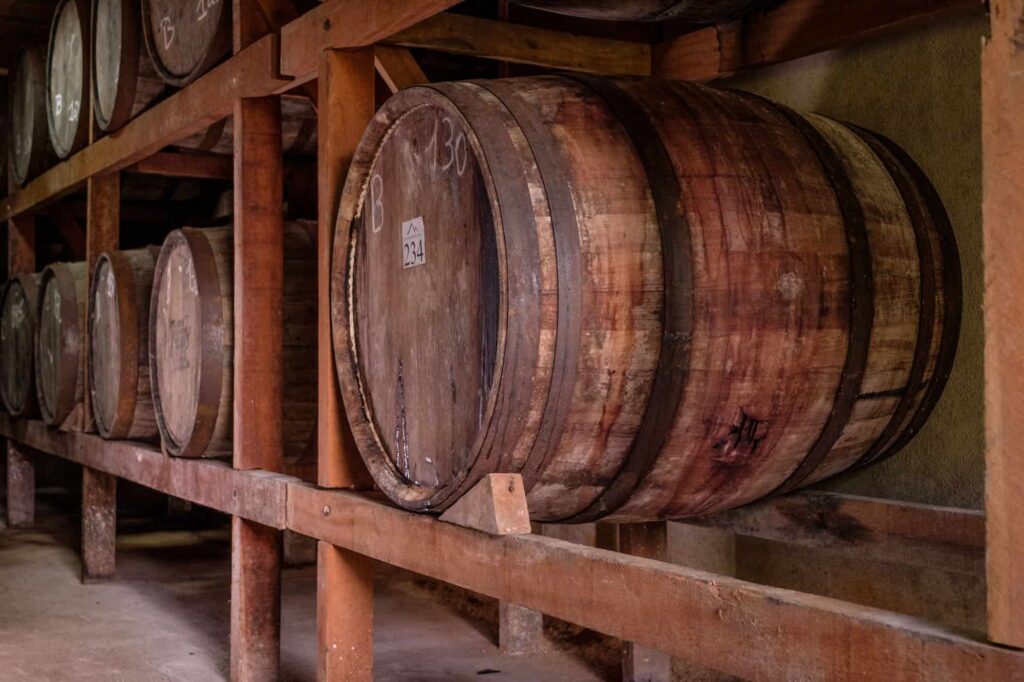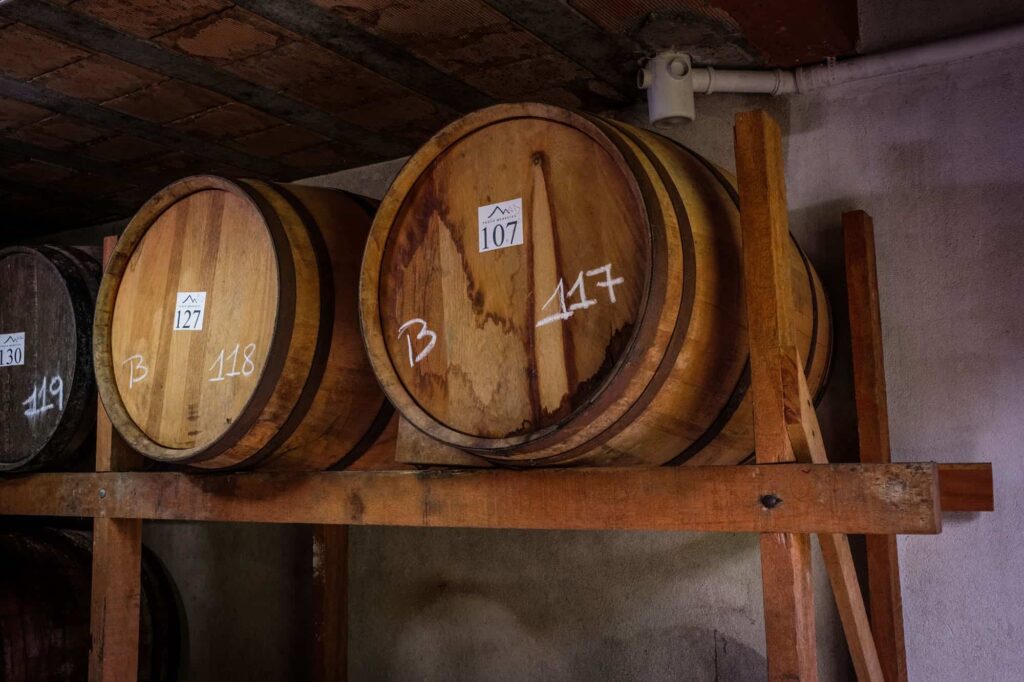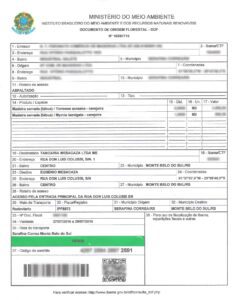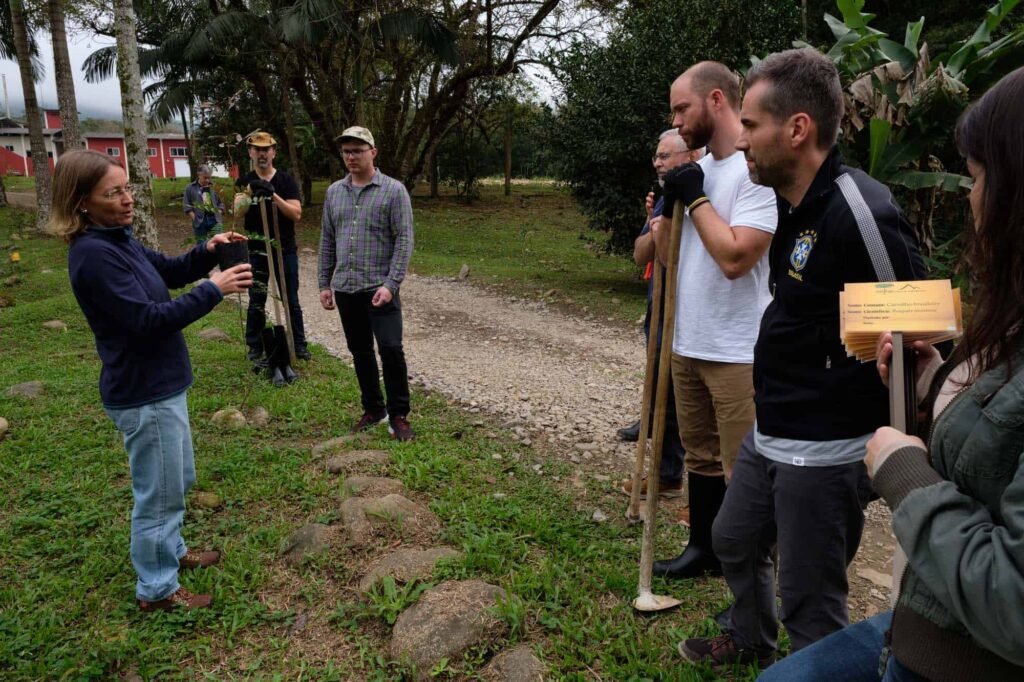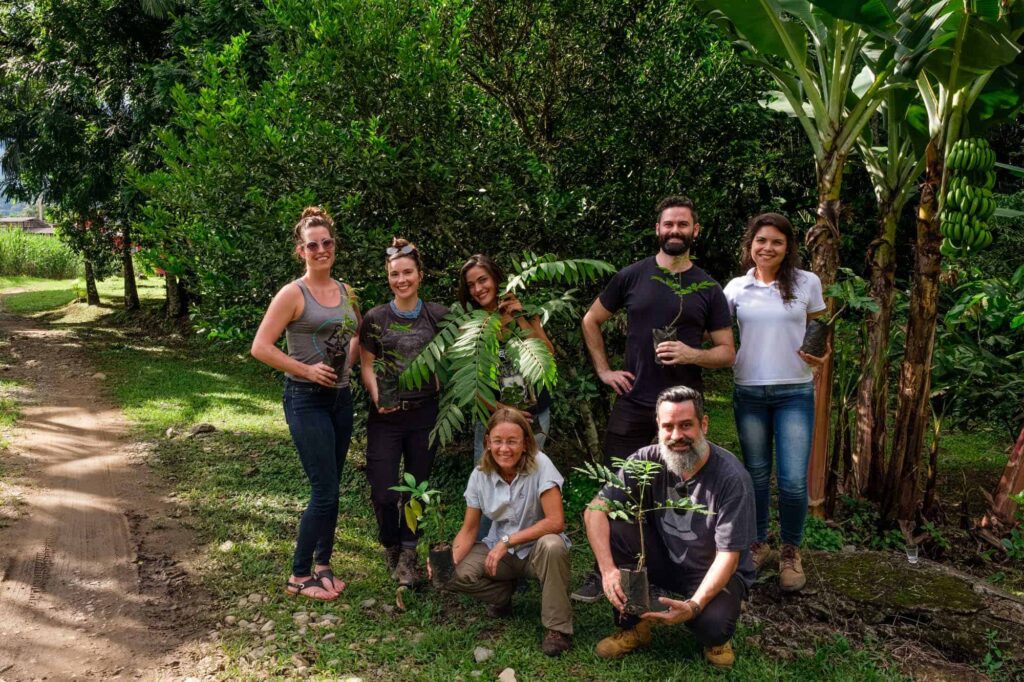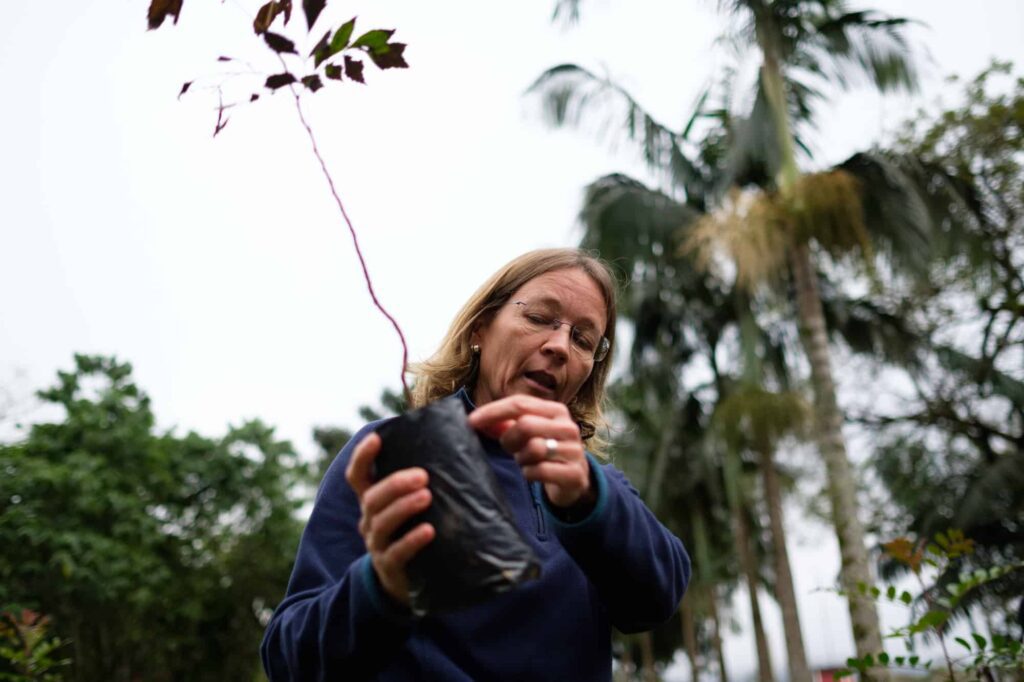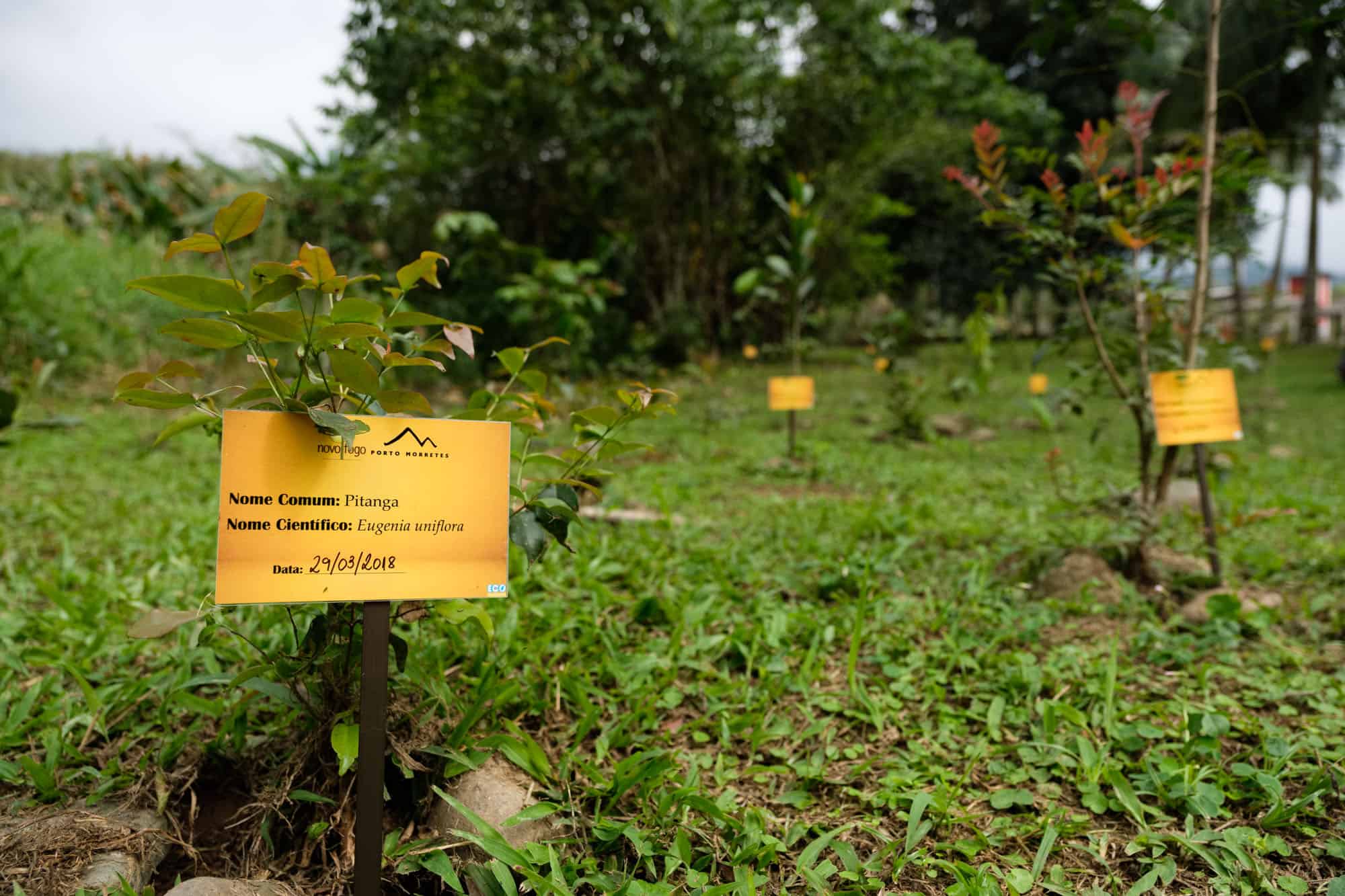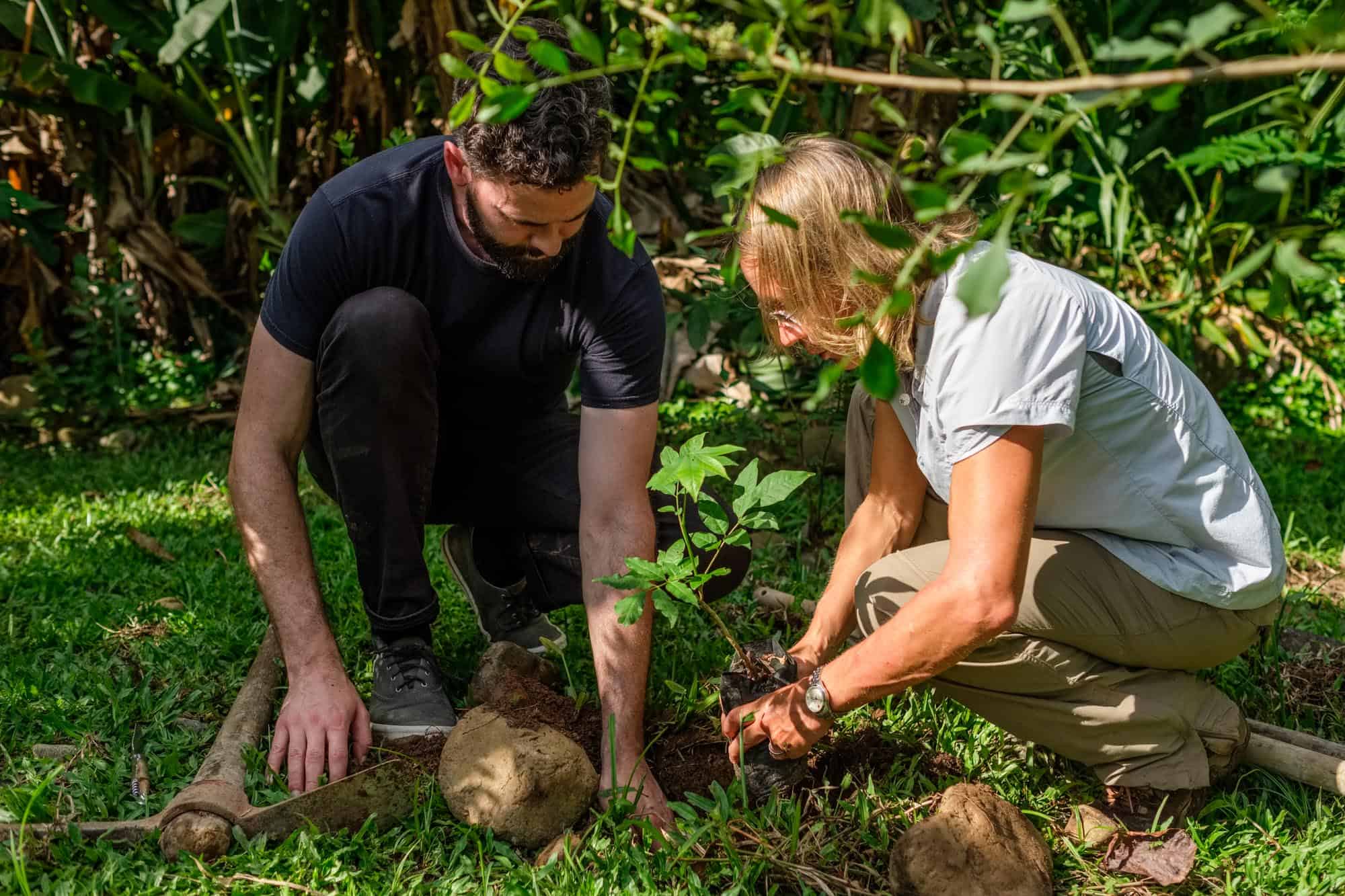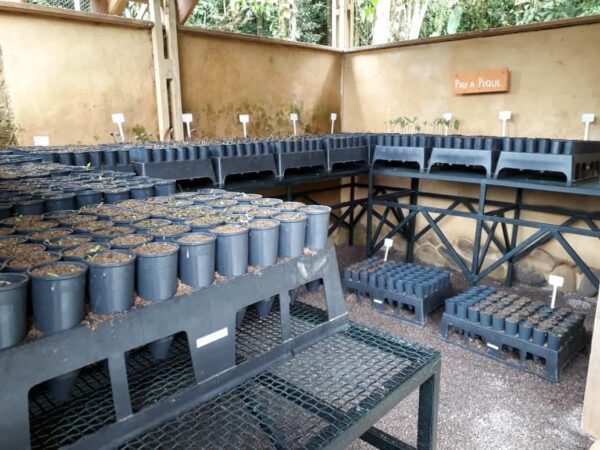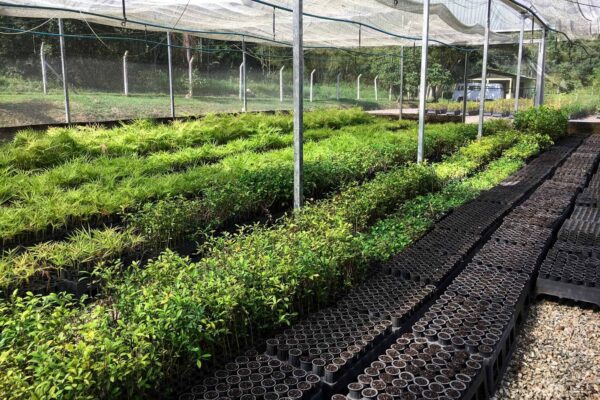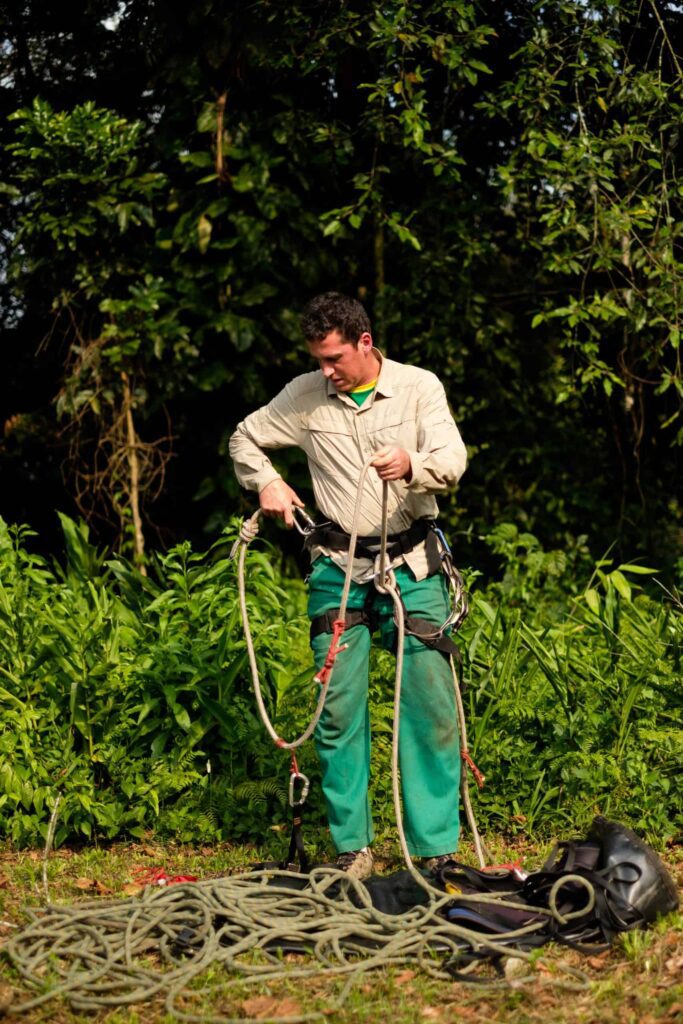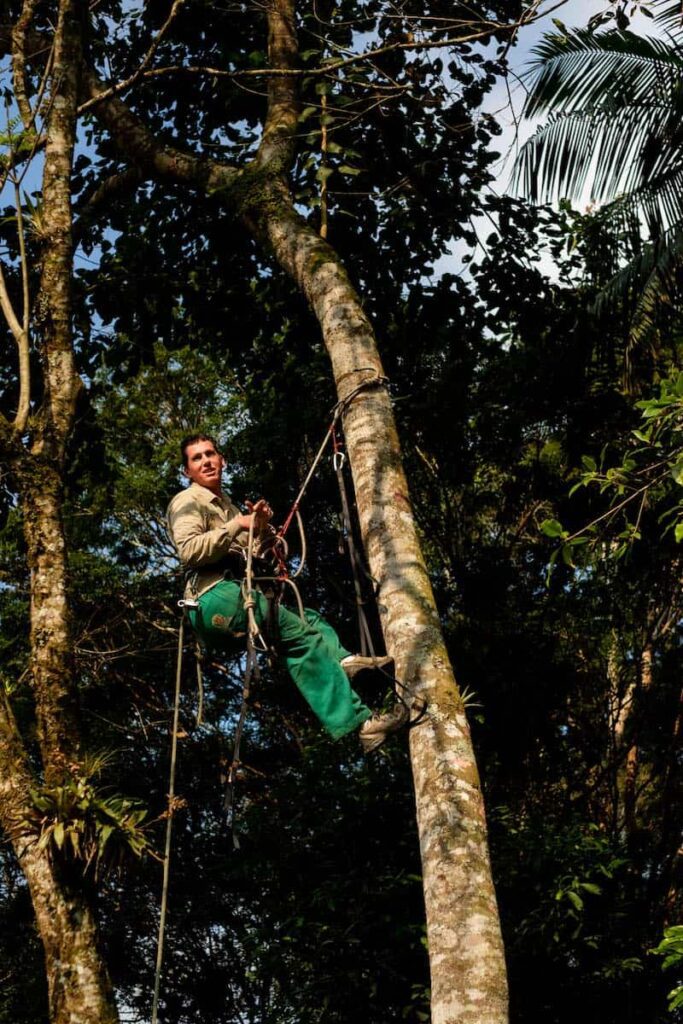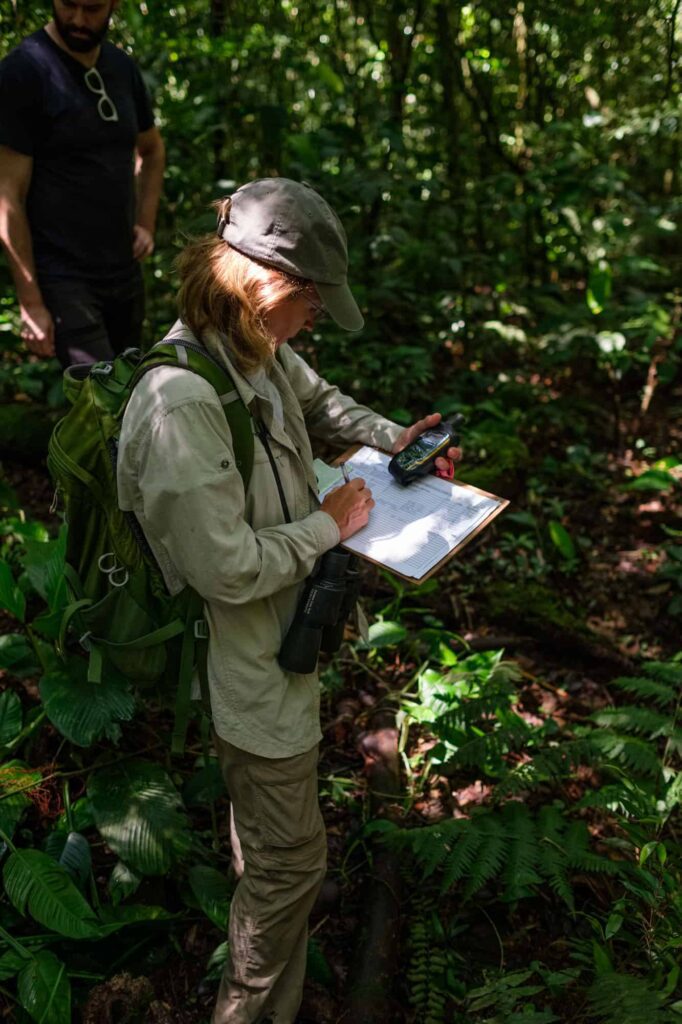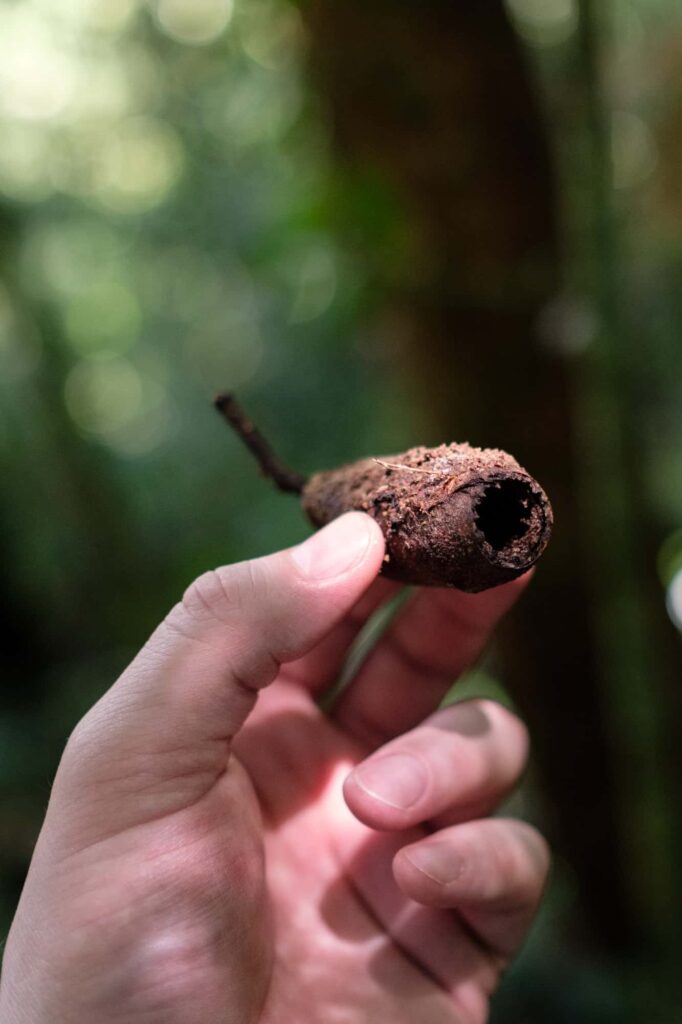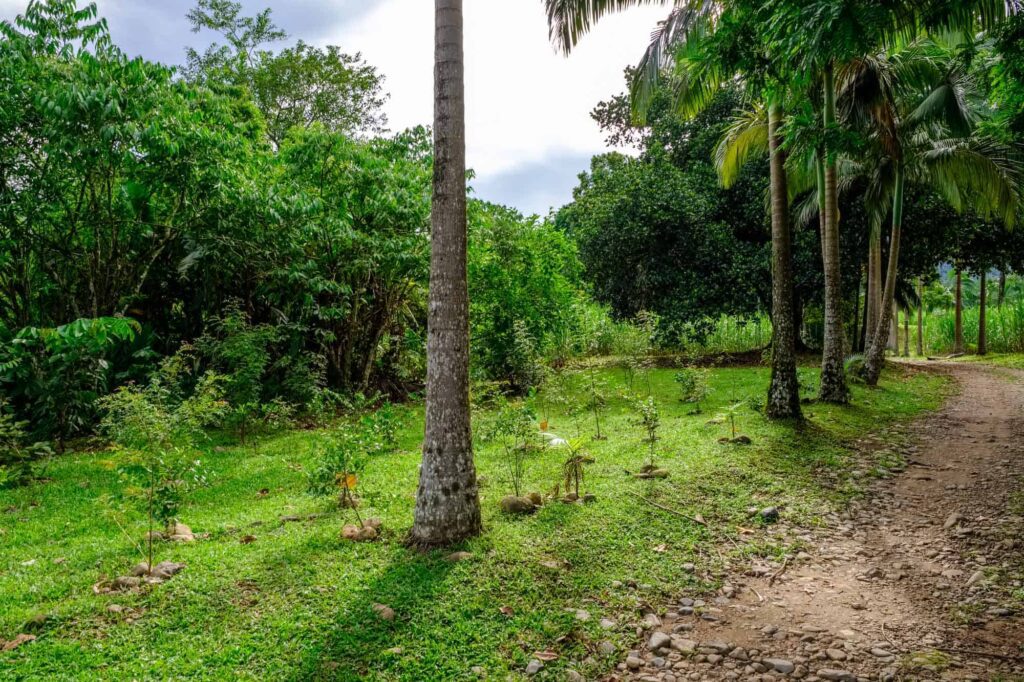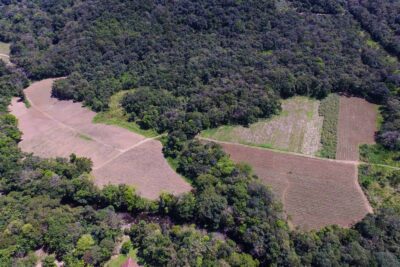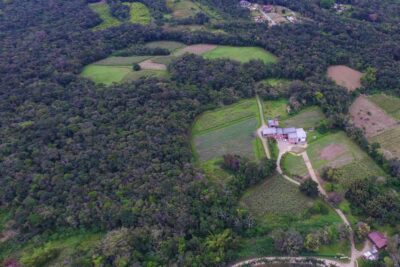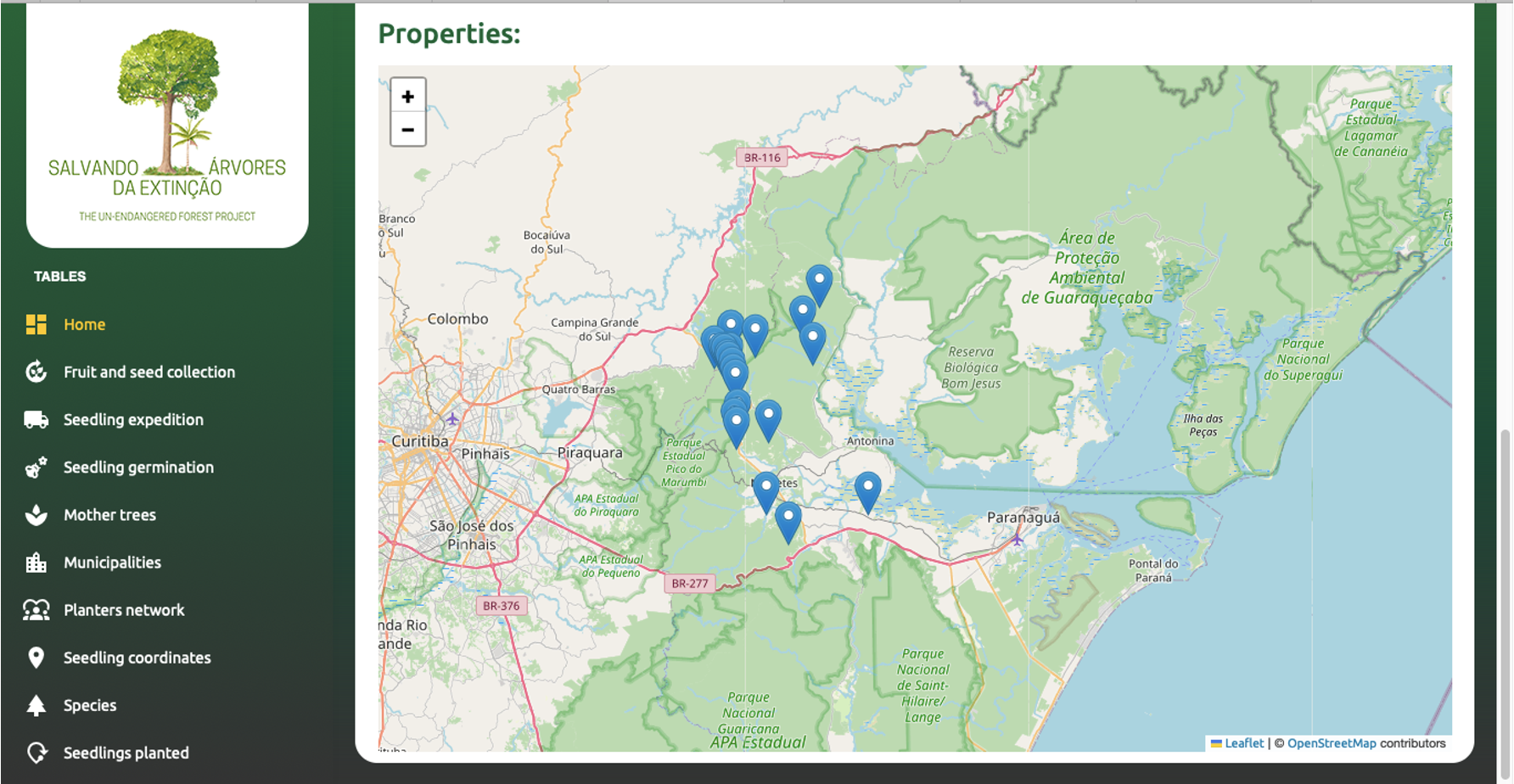
THE UN-ENDANGERED FOREST™
Our reforestation project aims to reverse the journey towards extinction of over 40 threatened native Brazilian tree species. Like preservation itself, this story is complicated. Below we distilled it to its essential parts, with additional information available when you click on the READ MORE buttons.
THE ATLANTIC FOREST DEFINES NOVO FOGO CACHAÇA.
We at Novo Fogo care as much about the forest as we care about producing delicious cachaça. Our home in Morretes, Brazil, is in the heart of the vibrant and wild Atlantic Forest. The terroir of this place impacts everything that we do and the taste of every bottle of cachaça that we make.
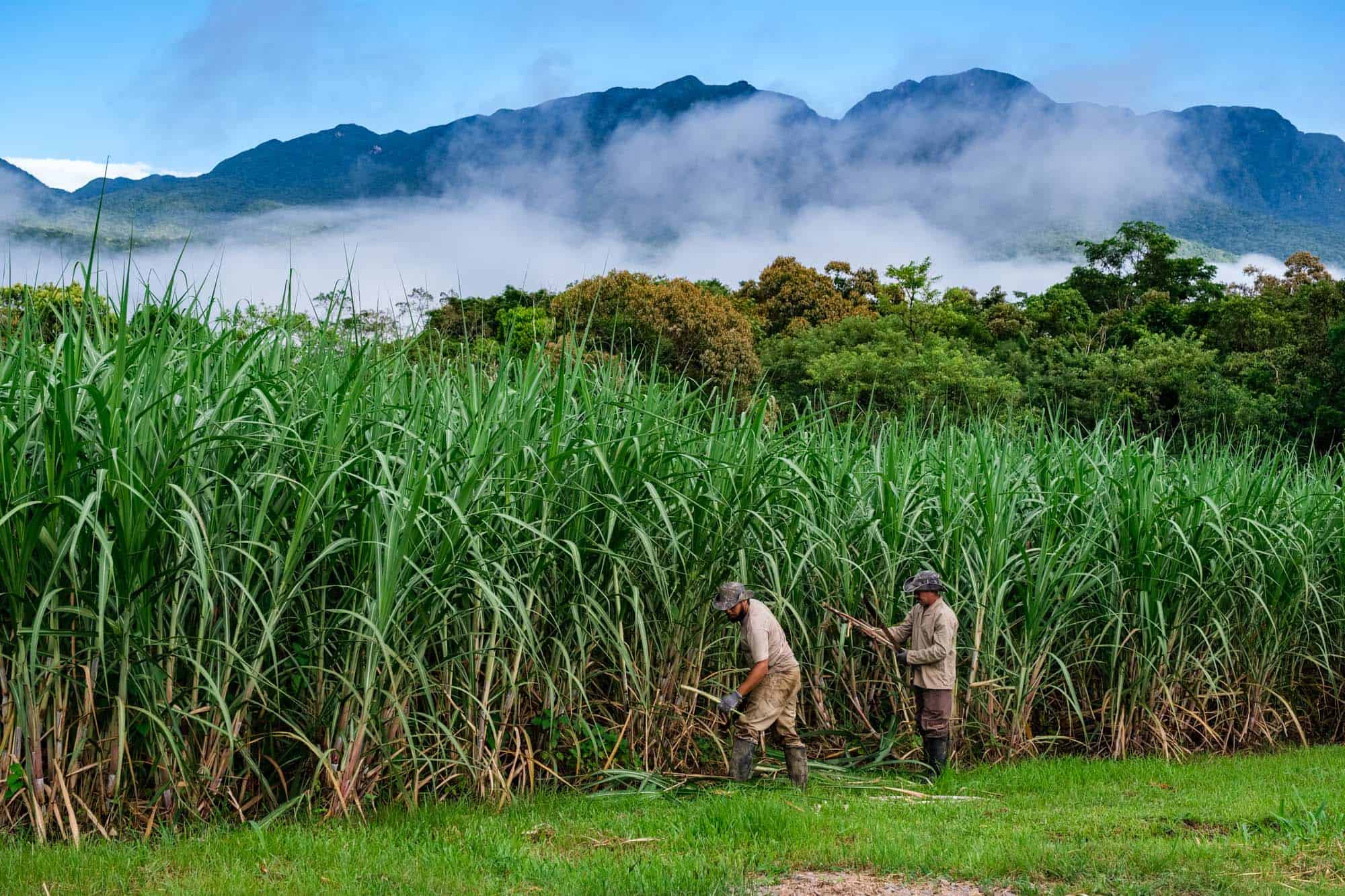
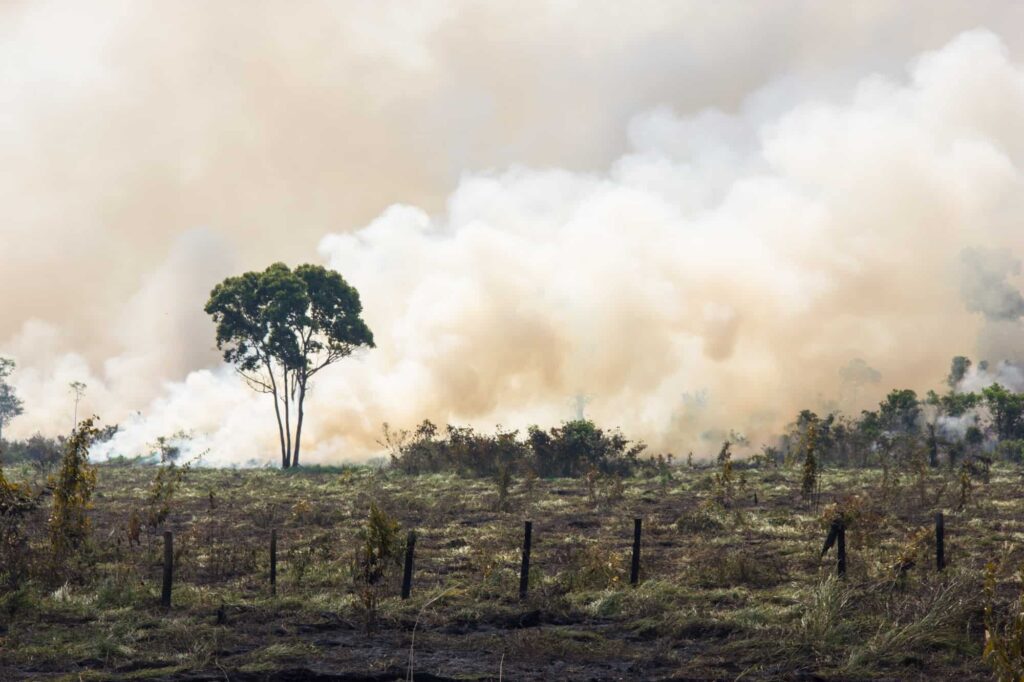
BUT, IN REALITY, THE ATLANTIC FOREST IS MOSTLY GONE.
While it was once a massive continuous jungle more than twice the size of Texas, the Atlantic Forest has lost 88% of its original area of 375 million acres due to deforestation. Today the forest is highly fragmented and the giant trees of the Atlantic Forest are mostly gone. Because of this, over 11,000 species of plants and animals are considered threatened in the Atlantic Forest.
THE CACHAÇA INDUSTRY IS COMPLICIT TO THIS PROBLEM.
More than 300 species of native Brazilian trees are threatened today, including many of those used in making barrels for aging cachaça. But perhaps due to growing commercial opportunity or the lack of information, some distillers continue to employ these disappearing woods indiscriminately.
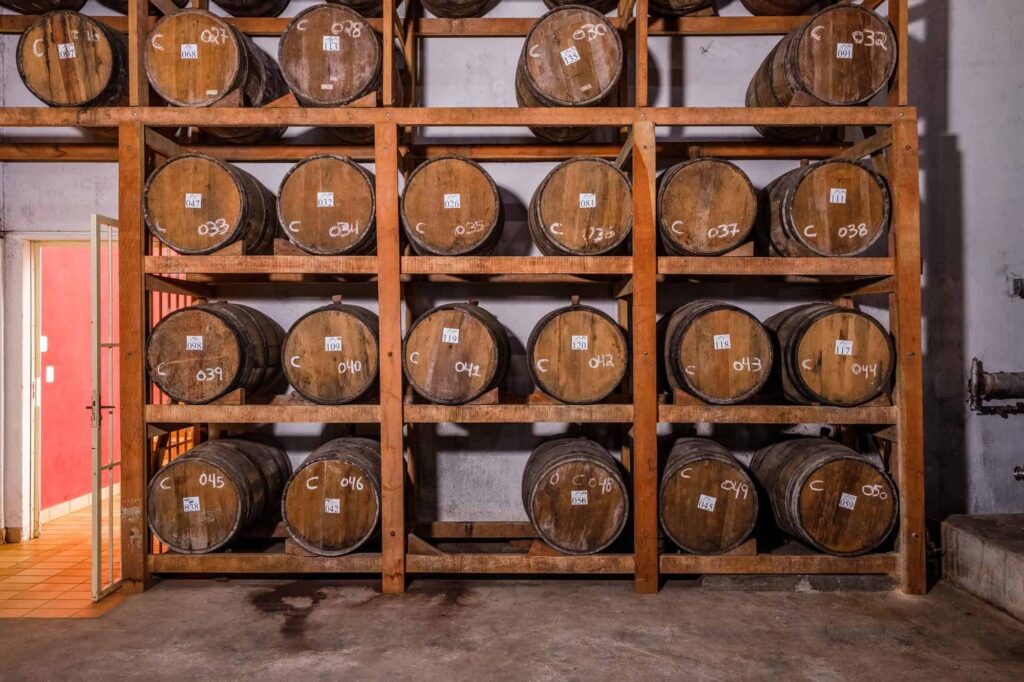
Scroll through to see the threatened status of Brazilian trees used for aging cachaça:
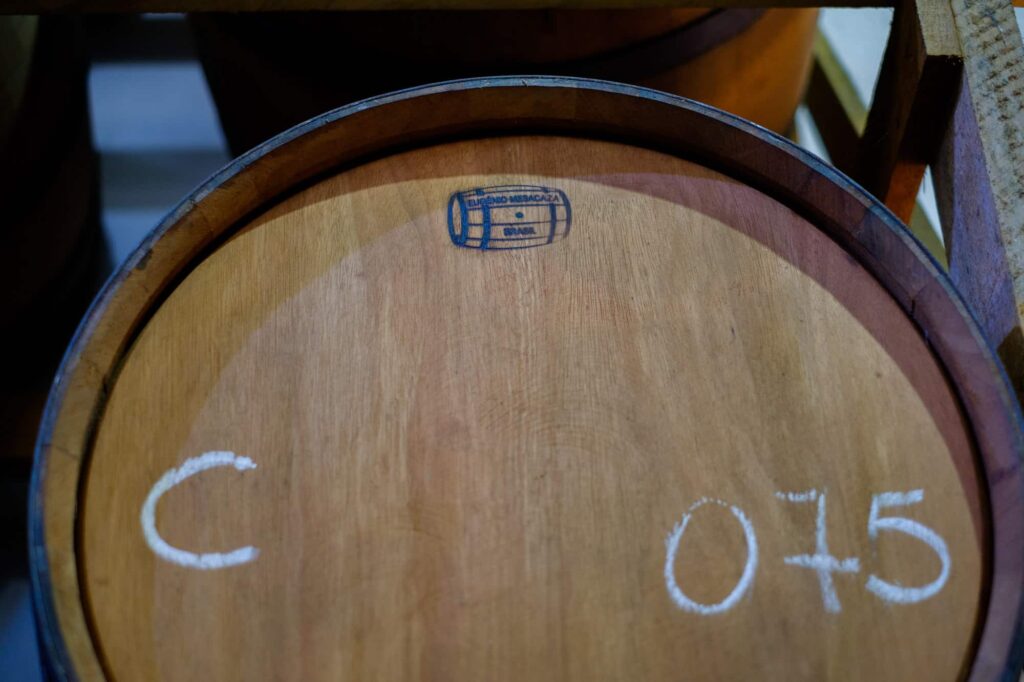
AGING CACHAÇA IN BRAZILIAN WOODS DEMANDS SUSTAINABILITY.
We are supporters of the cultural and historical bond between cachaça and Brazilian wood barrels. In fact, we bring attention to it through our Two-Woods series that features Novo Fogo cachaça expressions aged in American oak and finished in a very small number of Brazilian wood barrels. But sourcing barrels made from the wood of threatened trees must be done with utmost regard to federal laws, state laws, and ethics, a crisp understanding of the life cycle of these trees, and a keen eye for verifying coopers’ claims around that very nebulous term, “sustainability.”
THERE IS A WAY TO VERIFY SUSTAINABILITY CLAIMS FOR BRAZILIAN WOODS.
Verifying the provenance of timber products along the chain of custody in Brazil is challenging. Fortunately, the Brazilian government offers a wood certification that supports our quest for order and progress: the Documento de Origem Florestal (DOF) shows where Brazilian woods come from. By studying it, coopers can ensure that native trees were harvested legally before buying wood to make barrels. You should ask your cachaça producer for a DOF for barrels sourced from any type of native Brazilian trees.
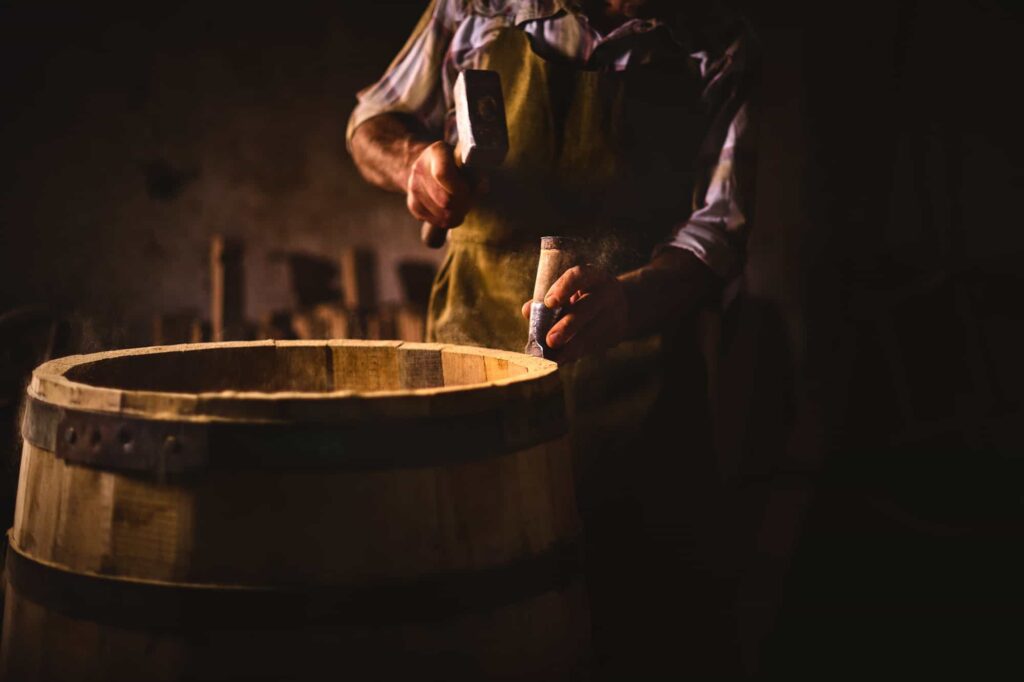
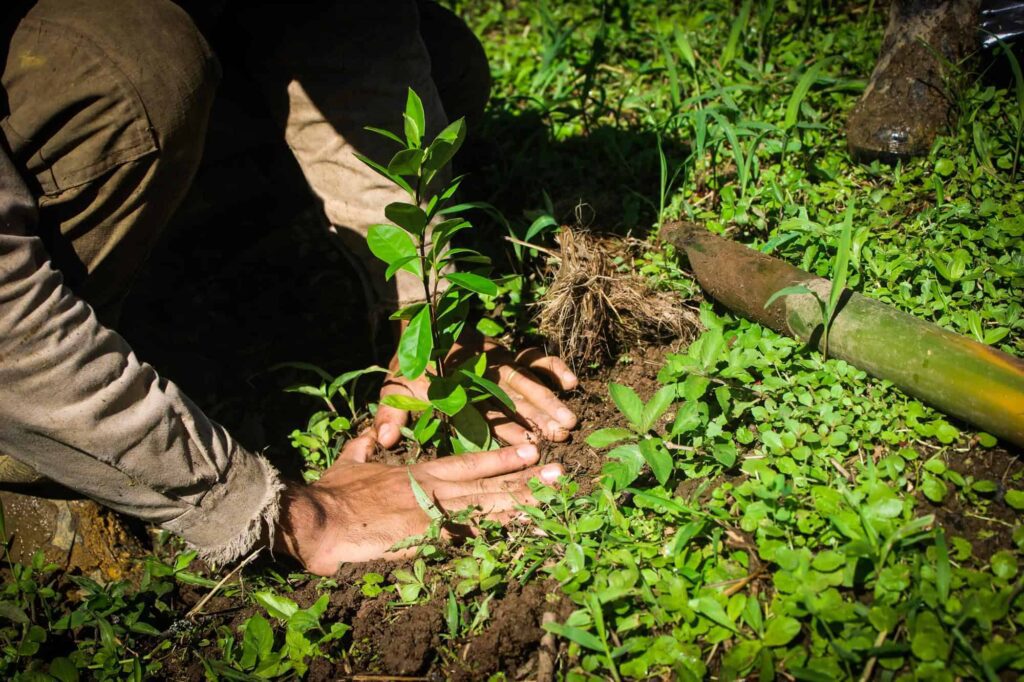
BUT WE CAN DO MORE: ENTER THE UN-ENDANGERED FOREST PROJECT.
We believe in breaking down big problems into solvable smaller problems. So we decided to create a rehab center for threatened species of native trees on our property in Morretes, Brazil. Our project acts as ground zero for sourcing seeds and saplings of rare and native trees, fostering them in our local nursery, and planting them on our property and on partner properties around the area when they are ready to be moved. Our project started small but it is already growing, and we have aspirations of national expansion.
SCIENTIFIC EXPERTISE GUIDES OUR FOCUS ON PLANTING NATIVE TREES
Since we’re better at planting sugarcane than jungle trees, we needed some adult supervision. Dr. Sílvia Ziller is a forestry expert who oversees our reforestation efforts. She guided us to focus on planting native and endangered hardwood trees that have largely disappeared from the Atlantic Forest.
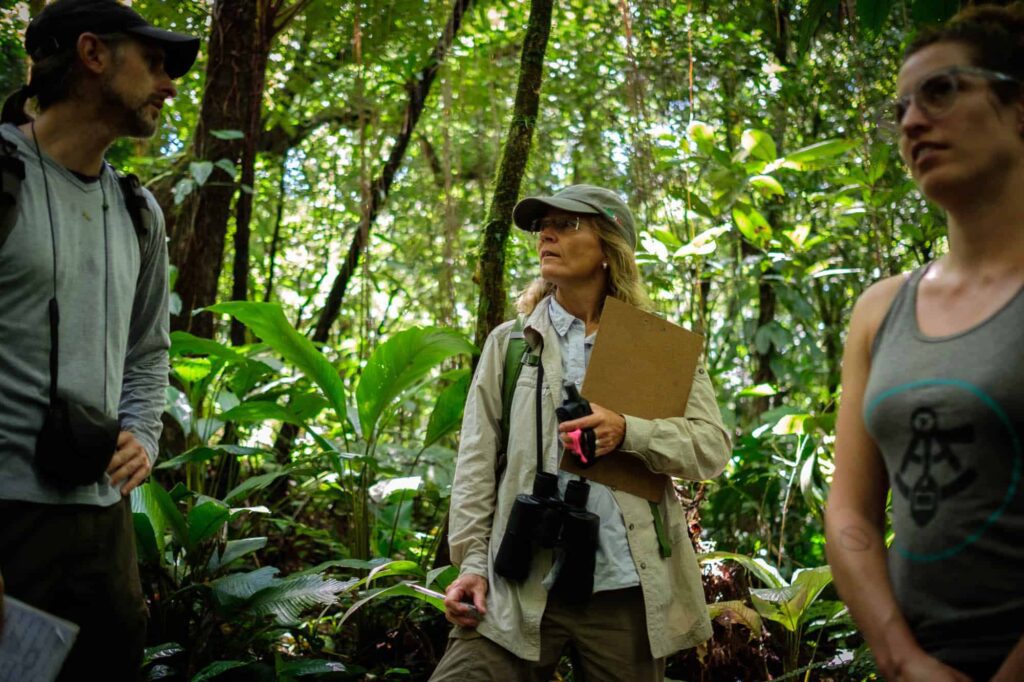
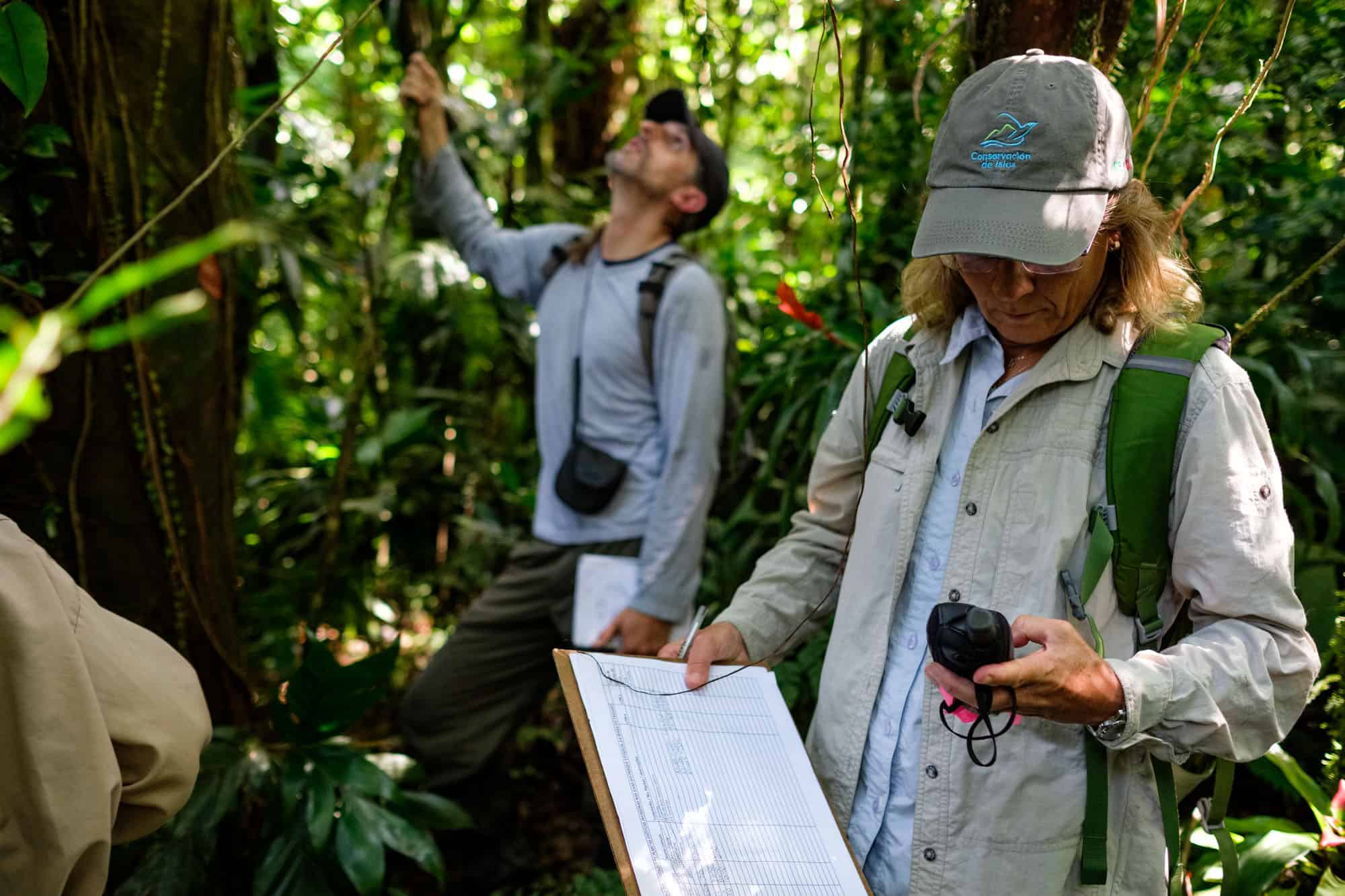
WE SOURCE NATIVE SAPLINGS, GATHER WILD SEEDS, AND PLANT THEM.
Some of the tree species that we identified with Sílvia’s guidance can be acquired at local government-run nurseries. But seeds or seedlings for the Atlantic Forest’s rarest trees aren’t readily available. For those, we have ventured into the jungle, geotagged mature trees, and created an inventory of their location and phenology (the time they flower). Our botanist advisors return to collect their seeds, which are raised in our local nursery until they can be planted on forested land. When they’re not tending to the sugarcane, our field team also plants seedlings on our land.
THIS PROJECT HAS HELPED NOVO FOGO BECOME A CARBON-NEGATIVE COMPANY.
As a company with homes on two continents (North and South America) and team members on a third (Europe), we are concerned with the carbon emissions of our operations. We’re reducing what we can and offsetting what we can’t. Helping to balance our emissions are the preserved forests on our property, our growing reforestation project, the organic sugarcane plantation itself, and purchases of carbon offsets.
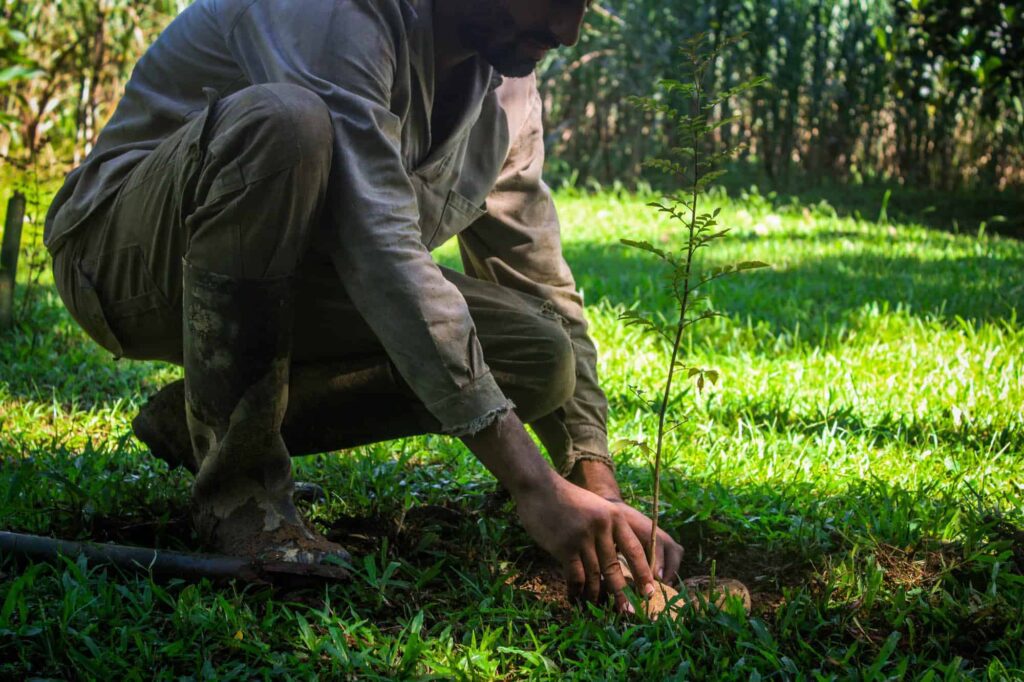
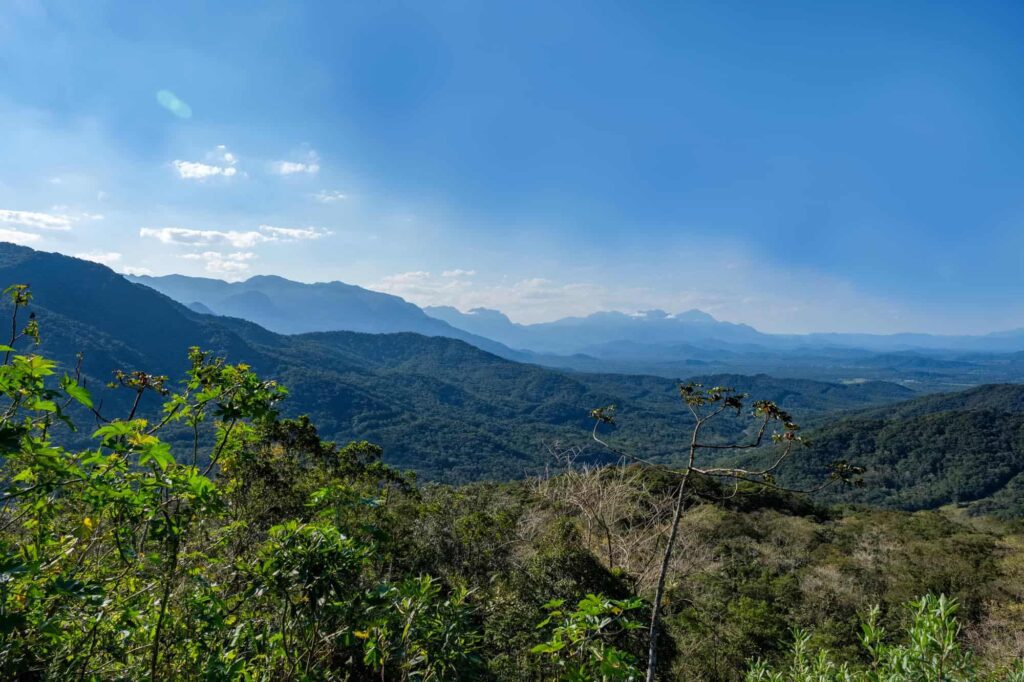
THE PROJECT IS SCALING TO OTHER PARTNERS.
The Un-Endangered Forest project has grown beyond our property lines to leverage our network of like-minded landowners in Morretes and increase the project’s scale. From an ecotourism attraction called Ekôa Park to gorgeous jungle pousadas like Pousada Graciosa, our friends and partners in Morretes are also planting native trees on their properties under The Un-Endangered Forest umbrella. Collectively, these land stewards represent thousands of acres of Atlantic Forest that are being preserved and nourished back to health.
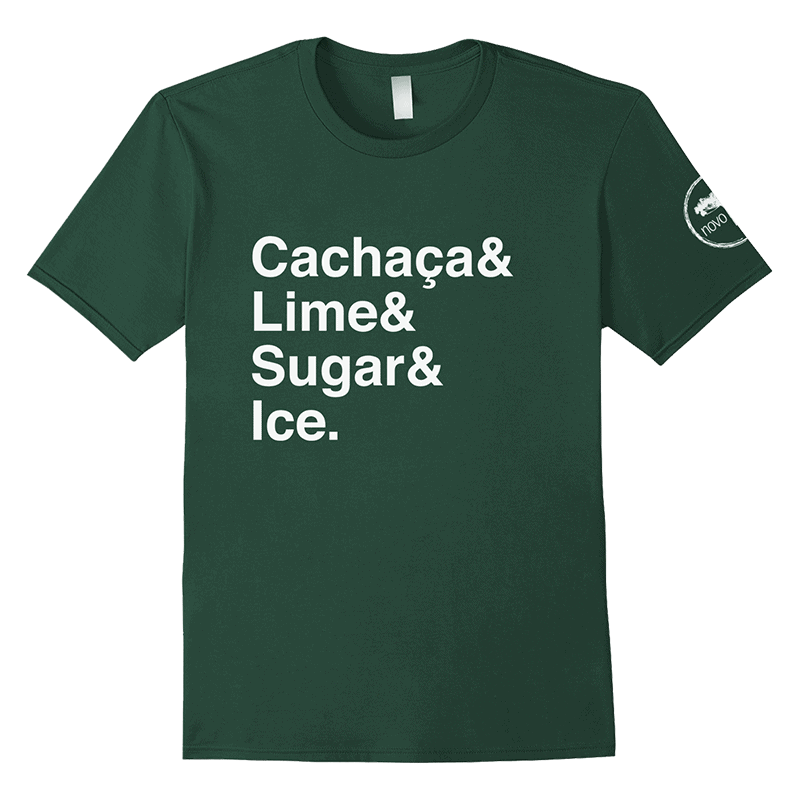
Anyone can contribute to our forest by buying and wearing one of these super soft T-shirts. We donate proceeds from the sales of this shirt directly to the reforestation project, where the money will be used to pay for things like seedlings, scientific consultants, and materials.
Buy yours today.
WE ARE SPREADING THE SEEDS OF CHANGE
Can our little project ever make a difference? We think it can. As the cachaça category grows its presence around the world, we have a perfect platform to call attention to the sustainability challenges of Brazil’s native trees and forests and to lead by example. It’s really more than an opportunity, it’s a responsibility, and we believe that positivity spreads. So please help us un-endanger our forest!
Click here to send us a note.
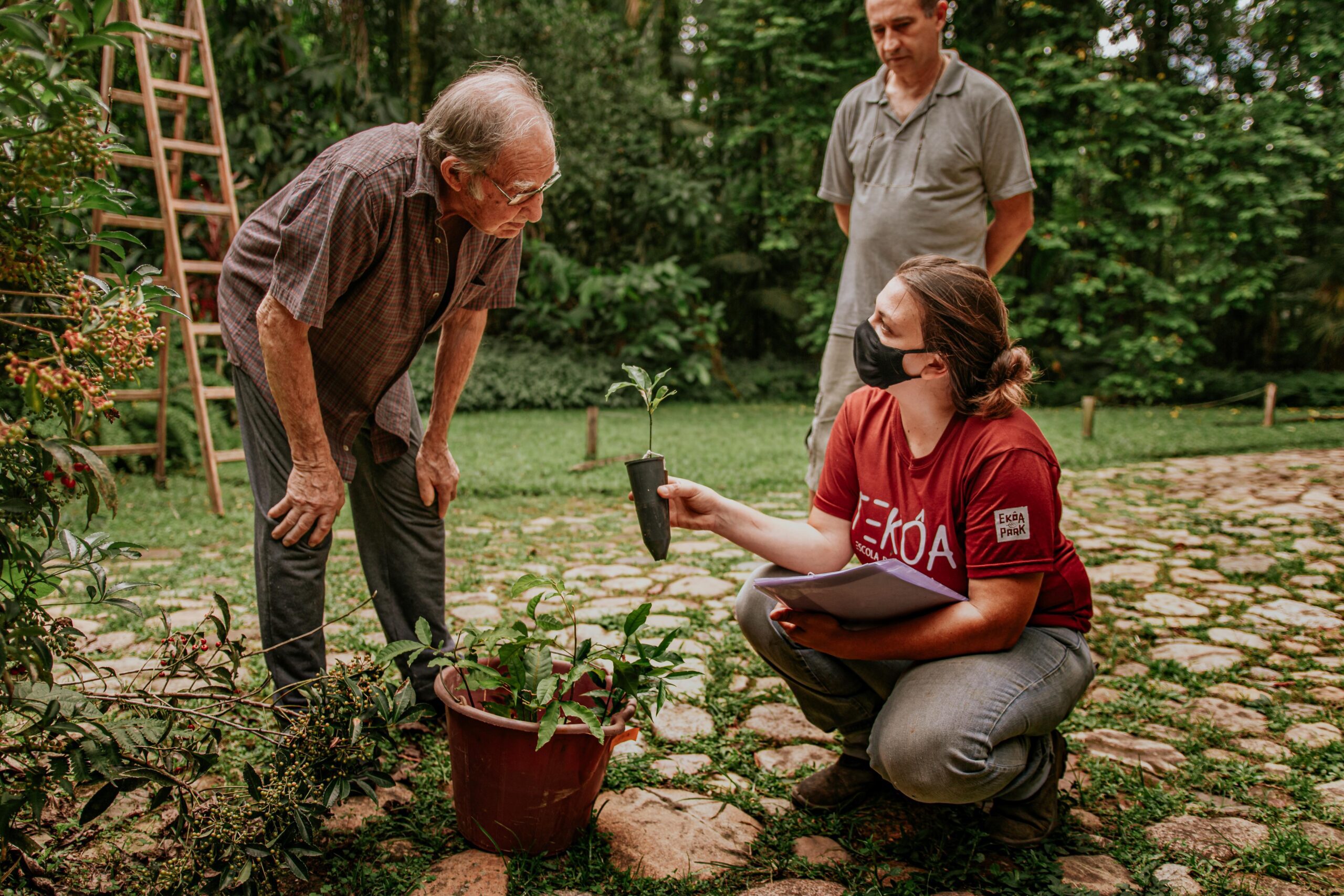
FURTHER READING:
SevenFiftyDaily: Brazilian Spirit, American Wood: Cachaça producer Novo Fogo uses sustainably harvested American oak to help protect Brazilian rain forests
Mongabay: Deforestation in the Brazilian Atlantic Forest Increased Almost 60 Percent in the Last Year
Yale Environment 360: Business as Usual: A Resurgence of Deforestation in the Brazilian Amazon
The New York Times: Amazon Deforestation, Once Tamed, Comes Roaring Back
The Guardian: New ‘Disturbance Map’ Shows Damaging Effects of Forest Loss in Brazilian Amazon
Council on Foreign Relations: Deforestation in the Amazon
The Guardian: Alarm as Study Reveals World’s Tropical Forests Are Huge Carbon Emission Source

